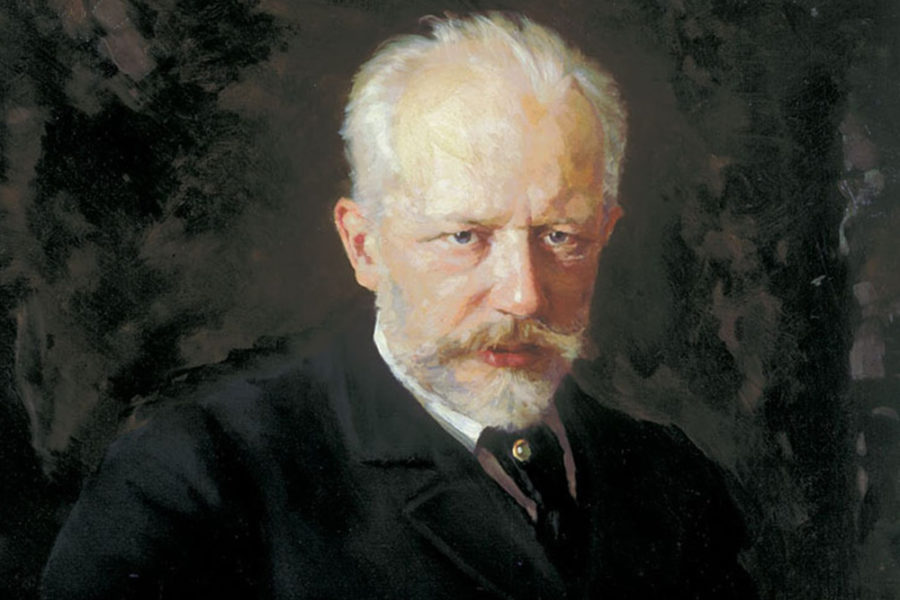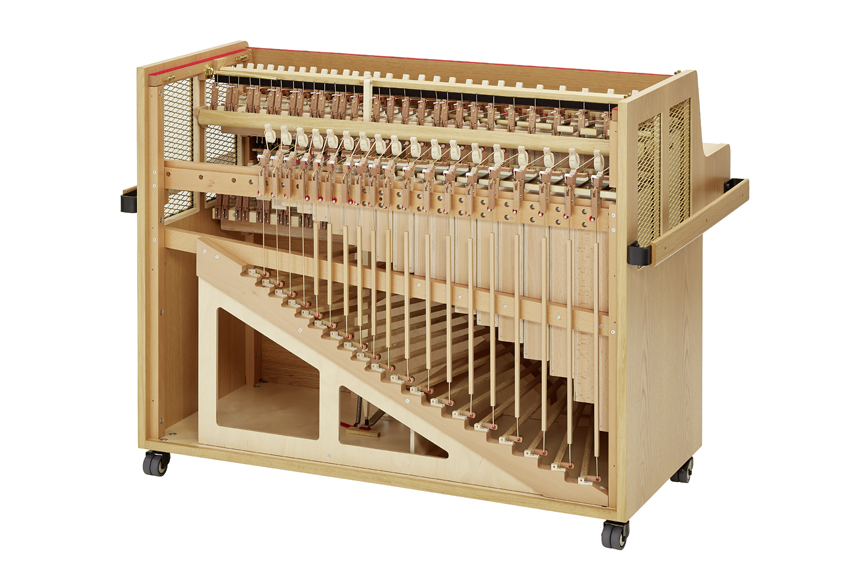
We’re celebrating the Classical California Ultimate Playlist with a series of fun and informative blogs about the music you love.
The celesta was invented in 1886 by Auguste Mustel and Tchaikovsky came across the instrument five years later while in Paris. Tchaikovsky wrote in a letter to his publisher, “I have discovered a new instrument in Paris, something between a piano and a glockenspiel, with a divinely beautiful tone.” Tchaikovsky asked his publisher to acquire one for his new ballet, but to keep it a complete secret. He wrote, “have it sent direct to Petersburg; but no one there must know about it. I am afraid Rimsky-Korsakov and Glazounov might hear of it and make use of the new effect before I could. I expect the instrument will make a tremendous sensation.”

The back of a celesta with its back cover removed | Photo by Schiedmayer Celesta GmbH, CC BY-SA 4.0

An inside view of a celesta | Photo by Schiedmayer Celesta GmbH, CC BY-SA 4.0
The plan worked, and a year later at the premiere of The Nutcracker in Saint Petersburg, the Sugar Plum-Fairy appeared on the stage and the magical sound of the celesta emerged from the pit. The audience was in total awe, no one had ever heard this mysterious sound before and no one knew how the sound was being made!
Now today we’re not in shock when we hear this instrument, but it’s forever linked to this famous ballet thanks to a well-kept secret.







